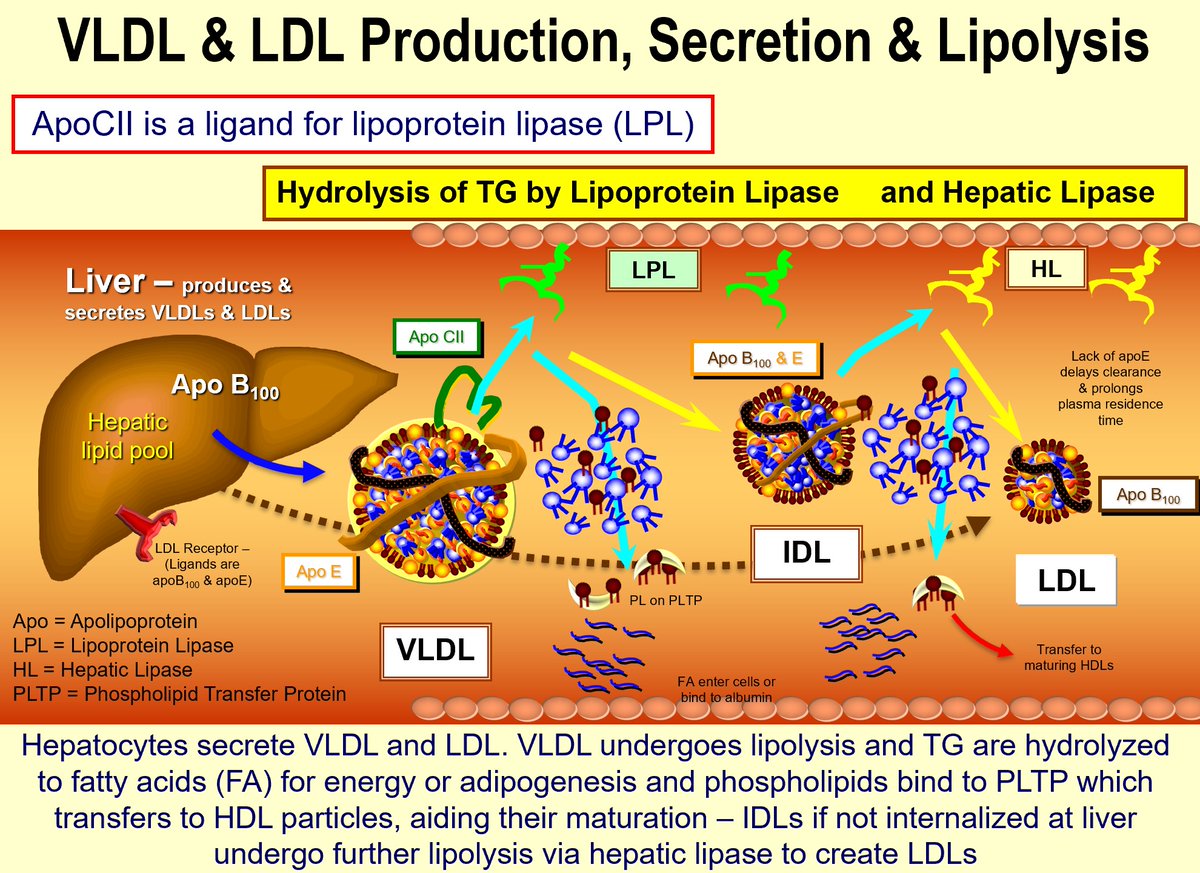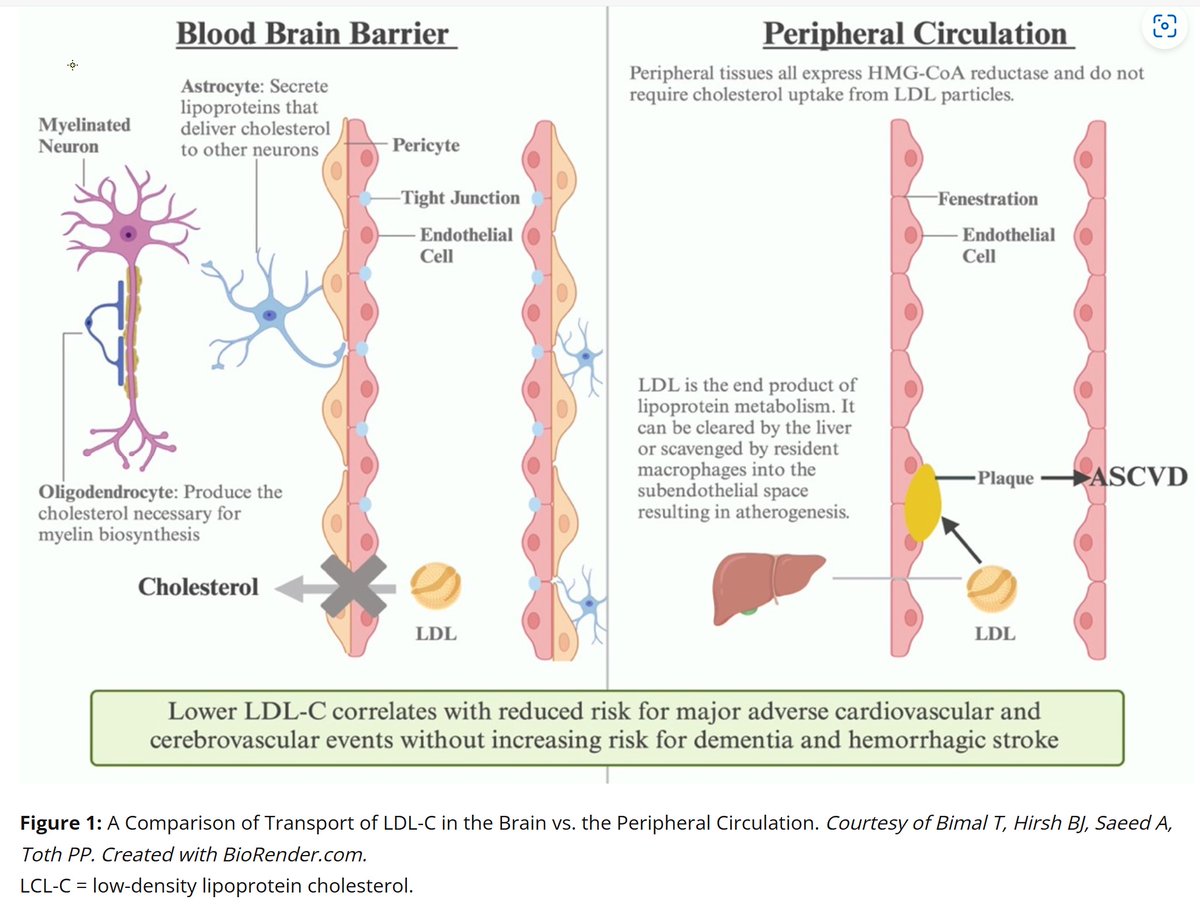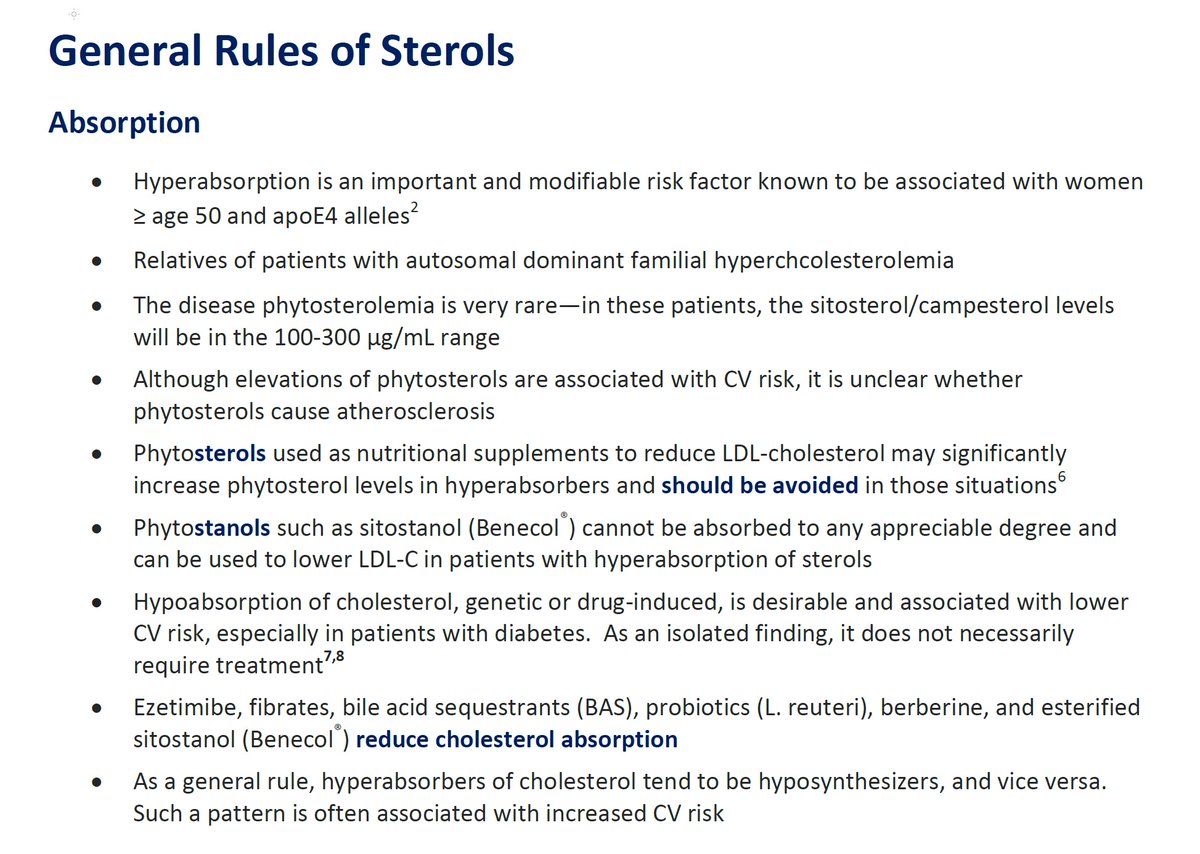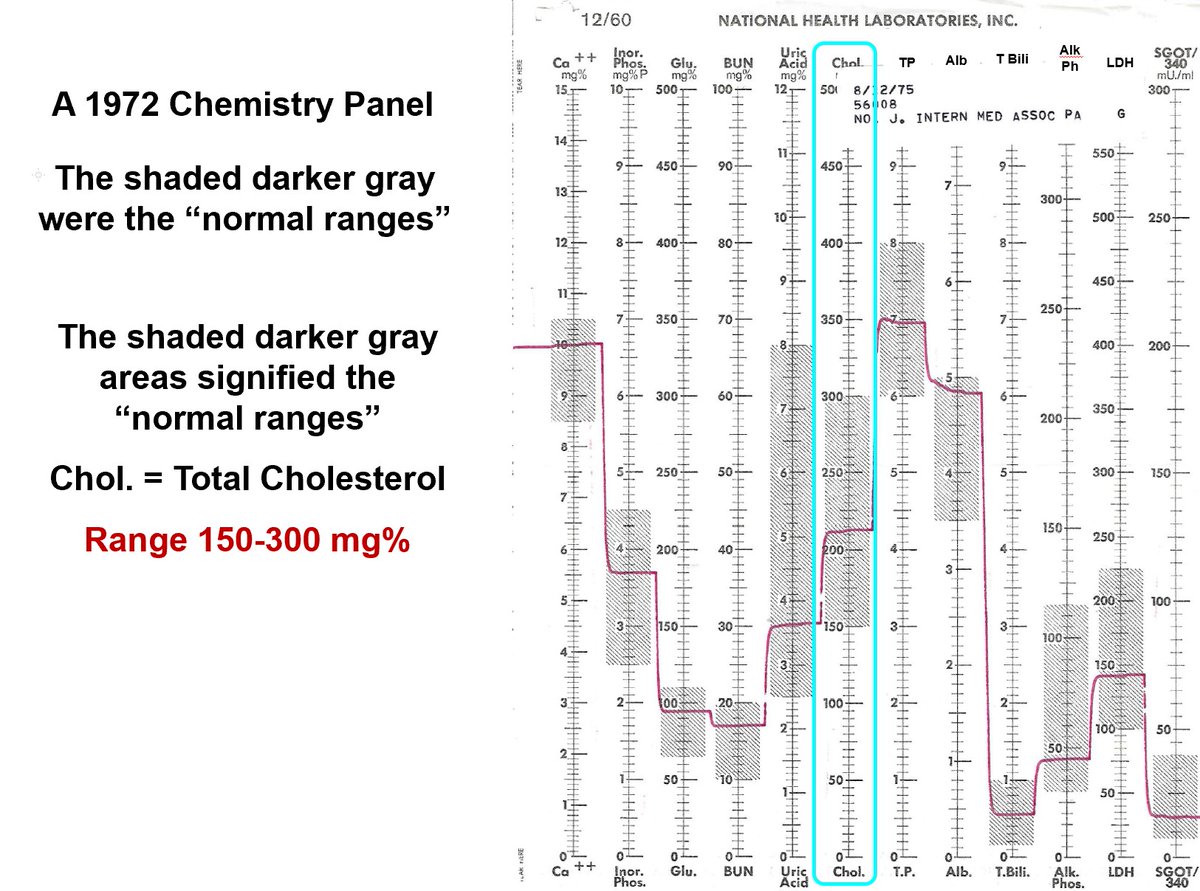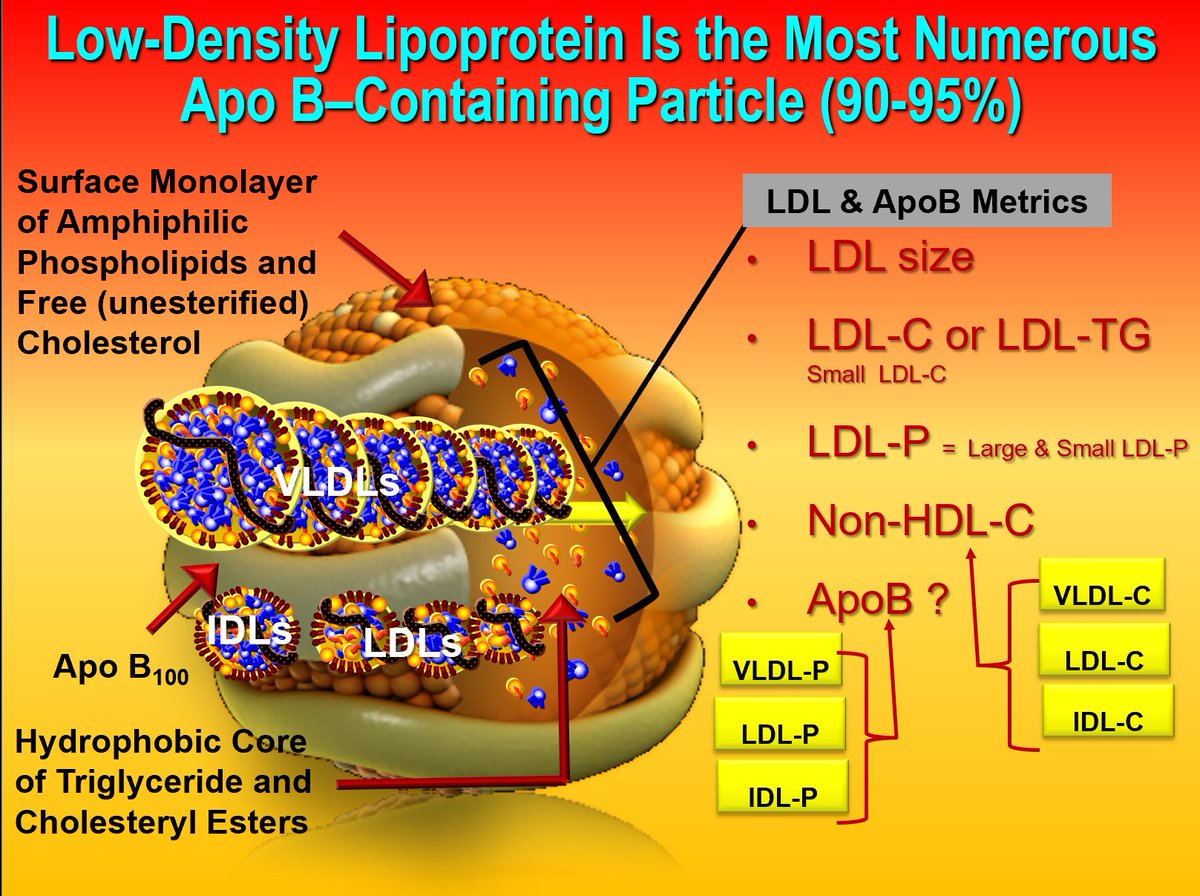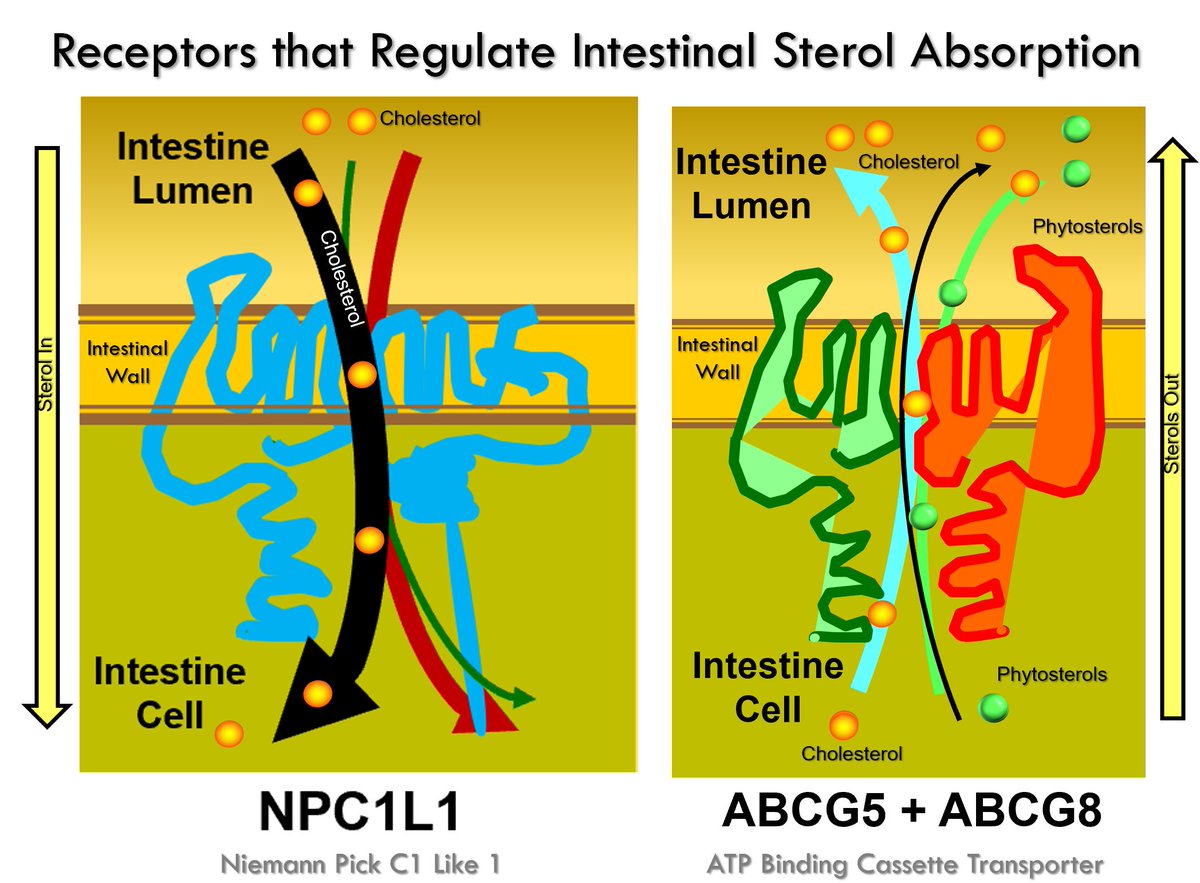
Thomas Dayspring
@Drlipid
MD, FACP, FNLA - Clinical Lipidologist: Tweets/Re-Tweets do not represent endorsements/medical advice
ID:56916619
15-07-2009 03:50:32
18,9K Tweets
36,5K Followers
598 Following
Follow People



This is a designation, i.e. potential important advance, but not approval yet. This assay is technically isoform dependent as it uses polyclonal antibodies. The only isoform independent assay available right now is the one we developed at UC San Diego Cardiology in 2022. We are working


This Roche assay breakthrough seems like potential progress for Lp(a) testing Roche granted FDA Breakthrough Device Designation for blood test measuring Lp(a) – a key marker for hereditary cardiovascular risk. What say the experts - Benoit Arsenault Marlys Koschinsky Sam Tsimikas, MD



EAS encourages young scientists in atherosclerosis research for a thriving future. Funds are available for early-career projects. Apply by September 13, 2024: eas.to/Grants2024. Don't delay - act now! Prof Kausik Ray FMedSci


Now, if we only had a panel of HDL function tests to help us figure out whether HDLs are functional or dysfunctional. HDL-C has no relationship to these functions. National Lipid Association European Atherosclerosis Society








Updated another of my older slides today - As usual lots of info packed into the graphic & as always it is more complicated than shown. National Lipid Association European Atherosclerosis Society International Atherosclerosis Society (IAS)
